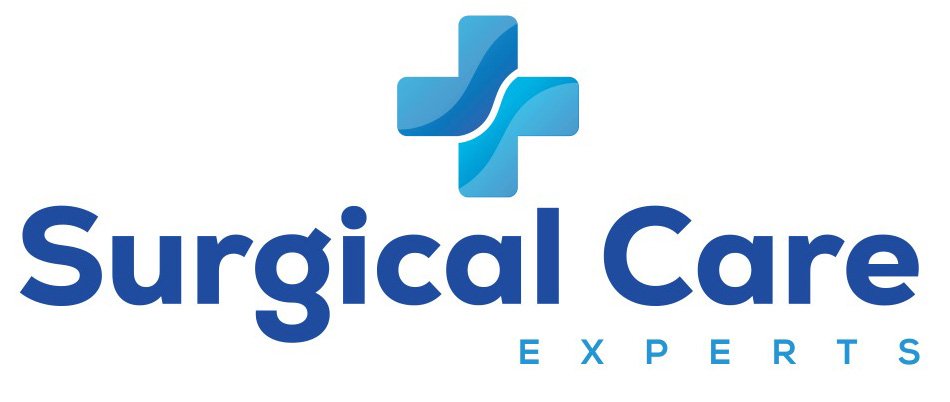About Us
How We Can Help
This page focuses on Transurethral Resection of the Prostate (TURP), a common surgical procedure for treating an enlarged prostate (benign prostatic hyperplasia, BPH). However, our urologists are experts in a wide range of urologic conditions and can provide personalized treatment plans for various needs.

Symptoms of an Enlarged Prostate
If you experience any of the following symptoms, consult your doctor to determine the cause and discuss treatment options:
- Frequent urination, especially at night
- Difficulty starting urination
- Weak urine stream
- Urgent need to urinate
- Inability to completely empty the bladder
- Blood in the urine
When to See a Doctor
Early diagnosis and treatment of BPH are crucial to prevent complications and improve quality of life. If you experience any bothersome urinary symptoms, consult your doctor for a proper evaluation.
Patient Testimonials


Recovery:
- “The first few days after surgery were a bit uncomfortable, but the recovery was manageable. The staff at the hospital was very helpful.”
- “I was surprised at how quickly I bounced back after TURP. I was back to most of my activities within a couple of weeks.”
Potential Side Effects:
- “It’s important to be aware of the potential side effects like burning during urination. My doctor warned me about this, and it did happen, but it went away after a few weeks.
- I experienced some temporary incontinence after TURP, but my doctor said this is common and usually resolves itself. Thankfully, it did improve over time.
FAQ's
TURP is a minimally invasive surgical procedure used to treat an enlarged prostate gland (BPH). A thin scope with a special cutting tool is inserted through the urethra (tube carrying urine from the bladder) to remove excess prostate tissue blocking the urinary flow.
The decision for TURP depends on the severity of your BPH symptoms and your overall health. Your doctor will consider factors like prostate size, urinary function, and potential risks before recommending TURP.
TURP offers several benefits:
- Effective symptom relief: It effectively relieves bothersome BPH symptoms like frequent urination and urinary urgency.
- Minimally invasive: Compared to traditional open surgery, TURP offers a shorter hospital stay and faster recovery time.
Durable results: TURP provides long-lasting symptom relief for most patients.
You might experience some burning sensation or discomfort while urinating for a few days after surgery. Medication can help manage this. Your doctor will provide specific instructions on post-operative care, including rest, increased fluid intake, and potential medications.
As with any surgery, TURP carries some potential risks, although uncommon. These can include:
- Bleeding
- Infection
- Retrograde ejaculation (semen travels backward into the bladder)
- Temporary urinary urgency or incontinence
Depending on the severity of your BPH, alternative treatment options might include medications, watchful waiting, or minimally invasive procedures like laser therapy. Your doctor will discuss all options with you to determine the best approach for your individual case.


